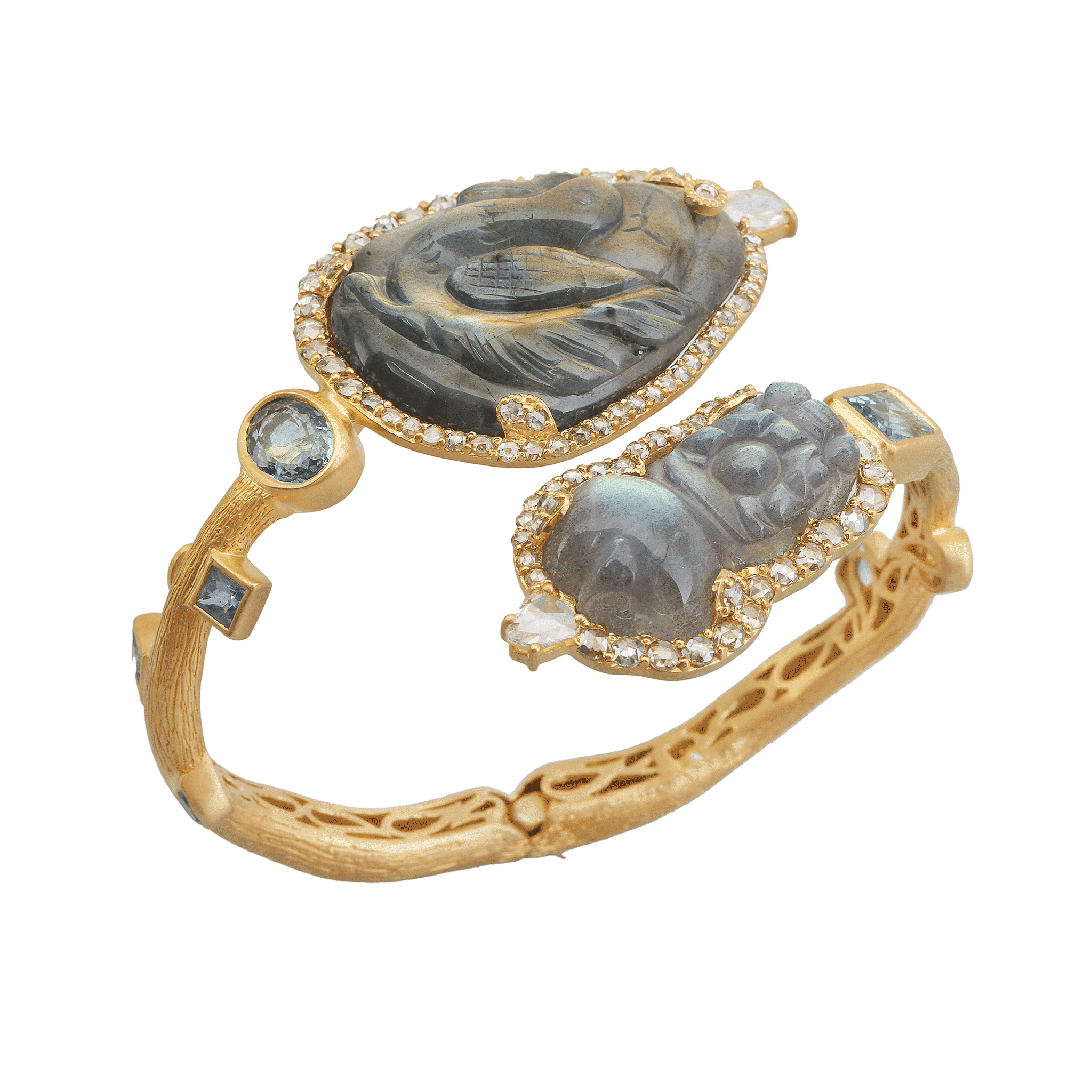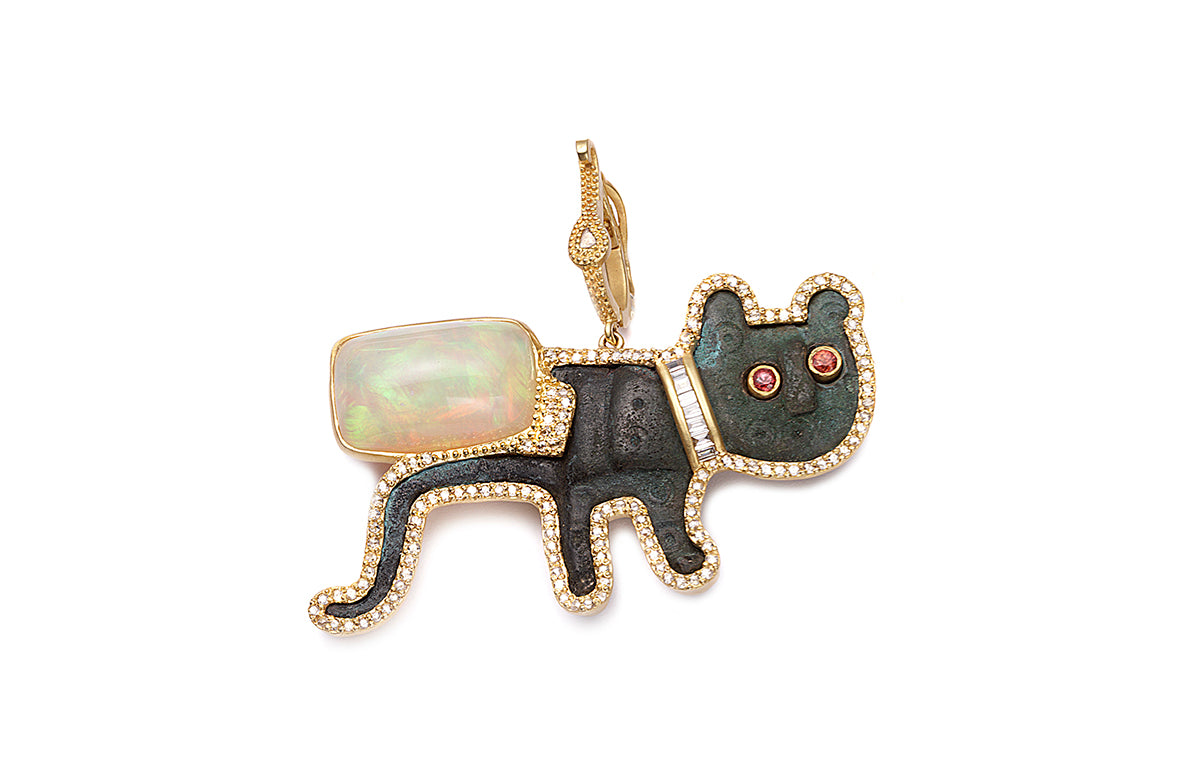This article first appeared on Jewelry Television, jtv.com
Written by Joni Loveday, Accredited Jewelry Professional (GIA)
Carved gemstones are making a comeback as the perfect example of modern technology borrowing ancient techniques. Long ago, gemstones were designed into many different shapes, designs, and symbols rather than smooth and shiny gemstones. The art of carving gemstones has been a tradition for many years and has been practiced by many artisans all over the world.



Ancient civilizations began carving gemstones--the art form known as glyptography--thousands of years ago, creating ornate pieces fit for members of past Roman nobility. This art form was practiced by various civilizations including Persians, Assyrians, and Egyptians. These cultures carefully crafted ornate designs into gems carved from a single piece of rough.



During the 19th century, newer ways of cutting gemstones developed, and by the 20th century, carving became somewhat of a lost art known only to very few. Now the tradition of carving is being restored, with a modern twist as skilled artisans revive this ancient tradition.


It is common to see carvings featuring a floral design that is reflective of traditional Indian architecture. One of the greatest influences in the designs is the Taj Mahal, an architectural oasis consisting of flowering vines carved from stone, and the designs in the carved gemstones mimic that of the renown architecture.

Because nature plays such an important role in this culture, it is portrayed through the designs in architecture and gemstones. These gemstone carvings are rich in culture, tradition, and beauty.
Shop some of the most spectacular pieces from our hand-carved collection:



























